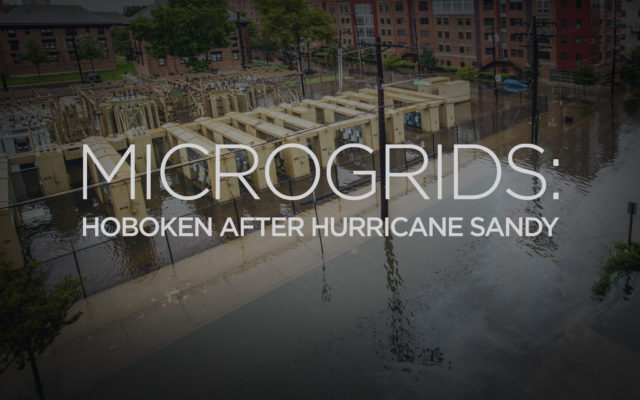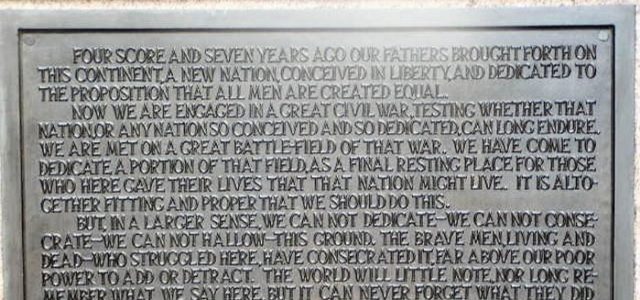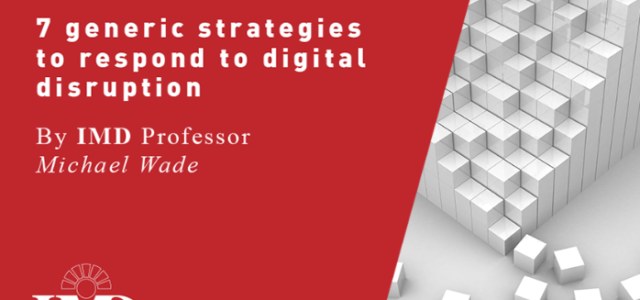A microgrid is a self-contained power system that uses local resources to meet electrical needs. Master of Ceremonies Carla Curtsinger describes how the city of Hoboken is using this technology to protect their citizens from another superstorm Sandy.
Superstorm Sandy was the second-costliest hurricane in US history, affecting 24 states from Florida to Maine. When it hit New York City and New Jersey on October 29, 2012, streets, tunnels and subways were flooded, and power was cut.
Damage in the US totaled 71.4 billion dollars.
In nearby Hoboken, New Jersey, the destruction was so great, 90 percent of the city was without power for two weeks.
Hoboken Mayor Dawn Zimmer took steps so the city would never experience a catastrophe of this magnitude again. She began with a microgrid.
A microgrid is a self-contained power system that uses local resources to meet electrical needs. In Hoboken’s case, for 55 buildings that require critical back-up power – police stations, fire departments, pharmacies, senior facilities and low-income housing. The microgrid also reduces demand on the main power grid during peak periods and increases the use of renewable power sources.
The City of Hoboken conducted the initial analysis with Sandia National Labs, and hired greener by design as its energy consultant because Zimmer wanted to make a sound case for using clean, renewable energies.
Hoboken is just one example of a microgrid project. Microgrids have commercial, industrial, community, utility, campus and military uses. In fact, a recent microgrid multi-client study conducted by Navigant Consulting concluded that the microgrid industry is on a ‘growth trajectory’ and partnering, as the City of Hoboken did, is essential to success.
Has your company or municipality undertaken a microgrid project? Join the conversation in the NG Utilities International group on LinkedIn.
Article by channel:
Everything you need to know about Digital Transformation
The best articles, news and events direct to your inbox
Read more articles tagged: Featured






